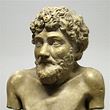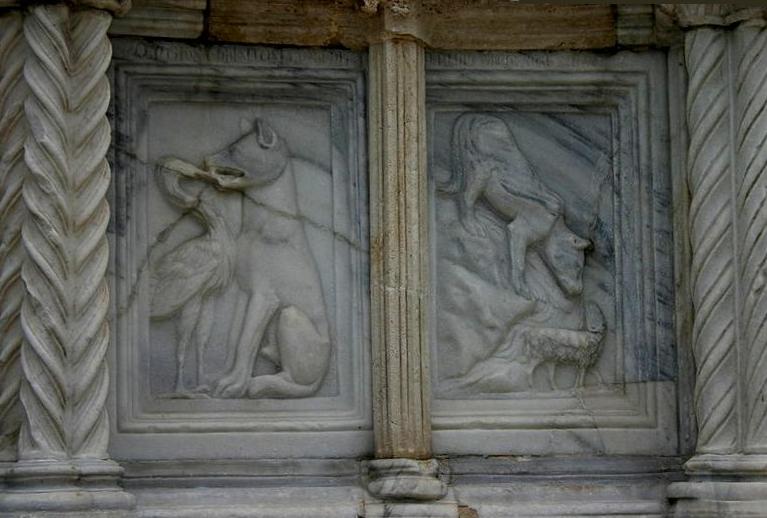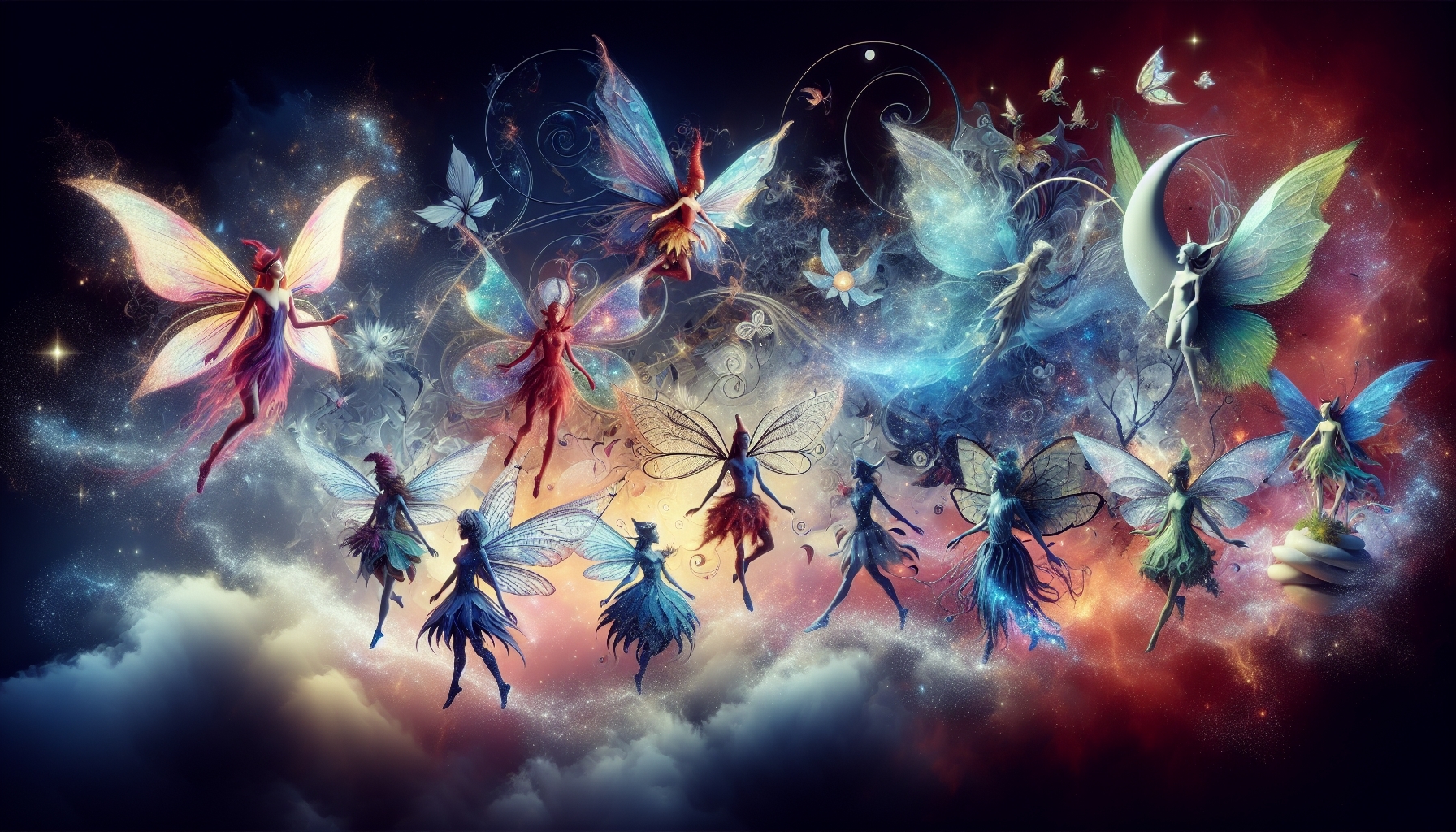Aesop Fables
Aesop Fables was written by a Greek fabulist and storyteller who is believed to have lived around the 6th century BCE. Although not much is known about his life, he is famous for his collection of fables, which are short stories that typically feature animals as the main characters and convey a moral lesson. These fables, known as Aesop's Fables, have been retold and adapted throughout history and remain popular today for their timeless wisdom and engaging storytelling.

Stories like Aesop Fables are in the writings of almost every culture and every country. They have been traced back to before 1000 BC. Fables come from folk literature that was mostly spread by word of mouth in the oral tradition. Most of the Aesop Fables, as we know them today in this country, are from a book named 'Aesop's Fables' published as a children's book in 1912.
Aesop Fables, were known for their teachings, because they almost alway had a moral statement at the end of the story. If he wrote stories without a moral, what was he trying to communicate to the children.
Aesop Fables
Some of Aesop's most well-known fables include "The Tortoise and the Hare," which teaches the lesson of perseverance and the dangers of arrogance; "The Boy Who Cried Wolf," which warns against lying; and "The Fox and the Grapes," which illustrates the concept of sour grapes or rationalizing failure.
 A detail of the 13th-century Fontana Maggiore in Perugia with the fables of The Wolf and the Crane and The Wolf and the Lamb
A detail of the 13th-century Fontana Maggiore in Perugia with the fables of The Wolf and the Crane and The Wolf and the LambThe Fox and the Crow
A crow had snatched a goodly piece of cheese out of a window, and flew with it into a high tree, intent to enjoy her prize. A fox spied the dainty morsel and thus planned his approaches.
"Oh crow," said he, "how beautiful are thy wings, how bright thine eye! How graceful thy neck! Thy breast is the breast of an eagle! Thy claws?I beg pardon?thy talons, are a match for all the beasts of the field. Oh! That such a bird should be dumb, and want only a voice!"
The crow, pleased with the flattery and chuckling to think how she would surprise the fox with her caw, opened her mouth. Down dropped the cheese! The fox snapping up observed, as he walked away, that ?whatever he had remarked of her beauty, he had said nothing yet of her brains.?
Men seldom flatter without some private end in view, and they who listen to such music may expect to have to pay the piper.
The Two Frogs
Two frogs dwelt in the same pool. The pool being dried up under the summer's heat, they left it, and set out together to seek another home. As they went along they chanced to pass a deep well, amply supplied with water. One of the frogs said to the other, "Let us descend and make our abode in this well; it will furnish us with shelter and food." The other replied with greater caution; "But suppose the water should fail us, how can we get out again from so great a depth?"
Do nothing without a regard to the consequences.
The Two Frogs II
Two frogs were neighbors. One lived in a deep pond, far removed from public view; the other lived in a gully containing little water, and crossed by a country road. He that lived in the pond warned his friend, and entreated him to change his residence and to come and live with him, saying that he would enjoy greater safety from danger and more abundant food. The other refused, saying that he felt it very hard to remove from a place to which he had become so accustomed. A few days afterwards a heavy wagon passed through the gully, and crushed him to death under its wheels.
A willful man will have his own way to his own hurt.
The Wolf and the Crane
A wolf had got a bone stuck in his throat and in the greatest agony ran up and down, beseeching every animal he met to relieve him, at the same time hinting at a very handsome reward to the successful operator. A crane, moved by his entreaties and promises, ventured her long neck down the wolf's throat, and drew out the bone. She then modestly asked for the promised reward. To which the wolf, grinning and showing his teeth, replied with seeming indignation; "Ungrateful creature! To ask for any other reward than that you have put your head in a wolf's jaws, and brought it safe out again!"
The Wolf and the Sheep
A wolf that had been bitten by a dog, and was in a very sad case, being unable to move, called to a Sheep that was passing by and begged her to fetch him some water from the neighboring stream. "For if you," said he, "will bring me a drink, I will find meat myself."
"Yes," said the Sheep, "I make no doubt of it; for, if I come near enough to give you the drink, you will soon make mince-meat of me."
http://aesopsfables.org/
The Wolf and the Sheep II
As a wolf was lapping at the head of a running brook, he spied a stray lamb paddling, at some distance, down the stream. Having made up his mind to seize her, he thought to himself how he might justify his violence.
"Villain!" said he, running up to her; "how dare you muddle the water that I am drinking!"
"Indeed," said the lamb humbly, "I do not see how I can disturb the water, since it runs from you to me, not from me to you."
"Be that as it may," replied the wolf, "it was but a year ago that you called me many ill names."
"Oh, sir!" said the lamb, trembling, "a year ago I was not born."
"Well," replied the wolf, "if it was not you, it was your father, and that is all the same. But it is no use trying to argue me out of my supper." And without another word he fell upon the poor helpless lamb and tore her to pieces.
Aesop's Fables have been translated into numerous languages and have influenced various literary works, including those of other fabulists such as Jean de La Fontaine and Ivan Krylov. They also continue to be used as teaching tools for children and adults alike.

